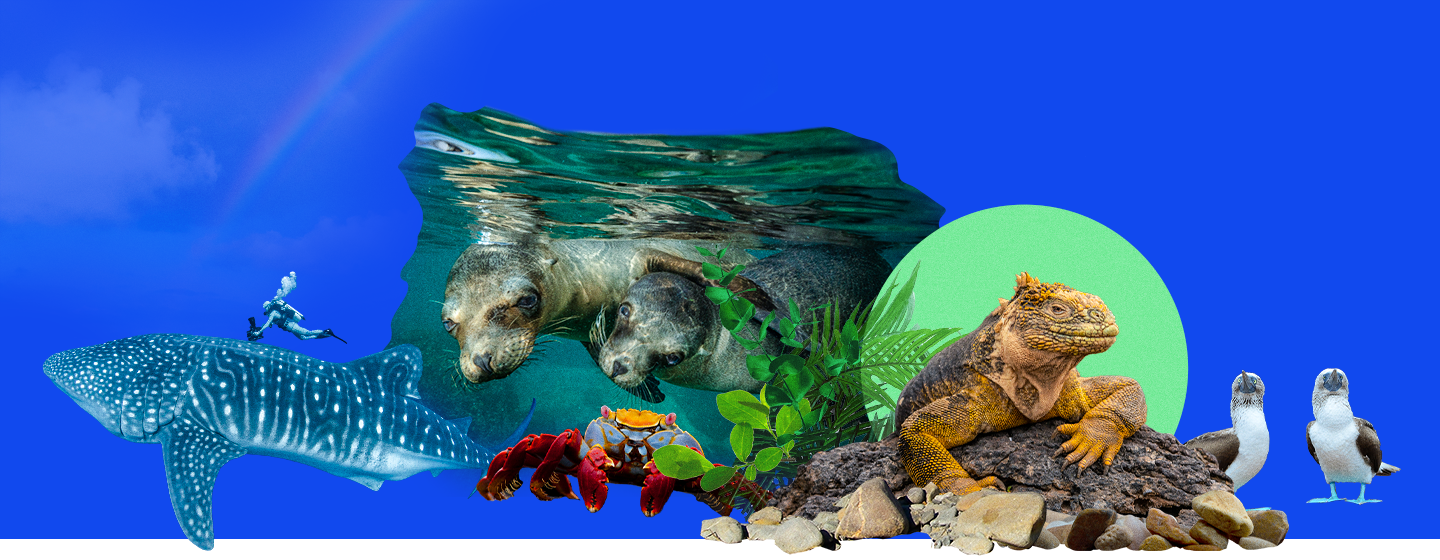Floreana mockingbird
Rewilding an inspiration for the theory of evolution
The Galapagos archipelago, made of up 13 islands 600 miles off the coast of Ecuador in the Pacific Ocean, are home to four species of mockingbirds. They can’t be found anywhere else on earth, and though the mockingbirds share a common ancestor that lived millions of years ago, the species endemic to different islands have subtle differences. Charles Darwin noticed some of those differences during his voyage to Floreana Island aboard the Beagle in 1835.
The Floreana Mockingbird was the first mockingbird that Charles Darwin described. The things that caught Darwin’s curious eye were in fact the eyes of the Floreana Mockingbird. It had red-brown eyes and darker patches on the sides of its breast. His observations of the Floreana Mockingbird helped shape the theory of evolution, which revolutionized our understanding of the natural world.
An unnatural selection
Only 50 years after Darwin visited Floreana, its mockingbirds had disappeared from the island. Invasive predators, introduced by humans, decimated the mockingbirds. On top of the Floreana’s invasive predators, the species of cactus that the mockingbirds prefer to nest in and eat the fruit of, also dramatically declined. With fewer places to live, one of their main food sources gone, and black rats preying on them, the Floreana Mockingbird couldn’t survive on Floreana.
But there are two small Floreana Mockingbird populations on nearby Garnder and Champion Islets that are keeping the species from going completely extinct. And they could help rewild Floreana.
Rewilding Floreana
Conservationists have been working to remove rats from Floreana to reintroduce Floreana Mockingbirds back to their home island. They’re racing against the clock to get the mockingbirds back and rewild Floreana. These small populations are susceptible to extinction from the invasion of these islets by rats or being devastated by extreme weather events. Once they are returned to Floreana--an island more than three-times the size of Manhattan--their population will recover to the thousands that once called the island home.
Following their own tune
Floreana Mockingbirds are small and inquisitive birds native to Floreana in the Gálapagos archipelago. Though their name suggests that they can mimic the songs of their neighbors, Floreana Mockingbirds stick to their own songs and don’t “mock” any other birds.
These territorial birds build nests in Optunia, a cactus that bears prickly pear fruit. Though they will eat prickly pears and most anything else they can get their beaks around, ground insects make up the majority of their diets.
Gangs of Floreana Mockingbirds can number up to about 10 birds of varying ages. Younger birds often help raise chicks until they are old enough to breed on their own.
Floreana Mockingbirds and climate change
Extreme weather events caused by La Nina and El Nino affect the survival of Floreana Mockingbird chicks. Years with longer dry periods usually lead to fewer chicks hatched. Conservationists estimate that there are between 200 and 500 Floreana Mockingbirds between Champion and Gardner Islets.
Top photo: A Floreana Mockingbird. (Photo by Paula A. Castaño, Island Conservation)




